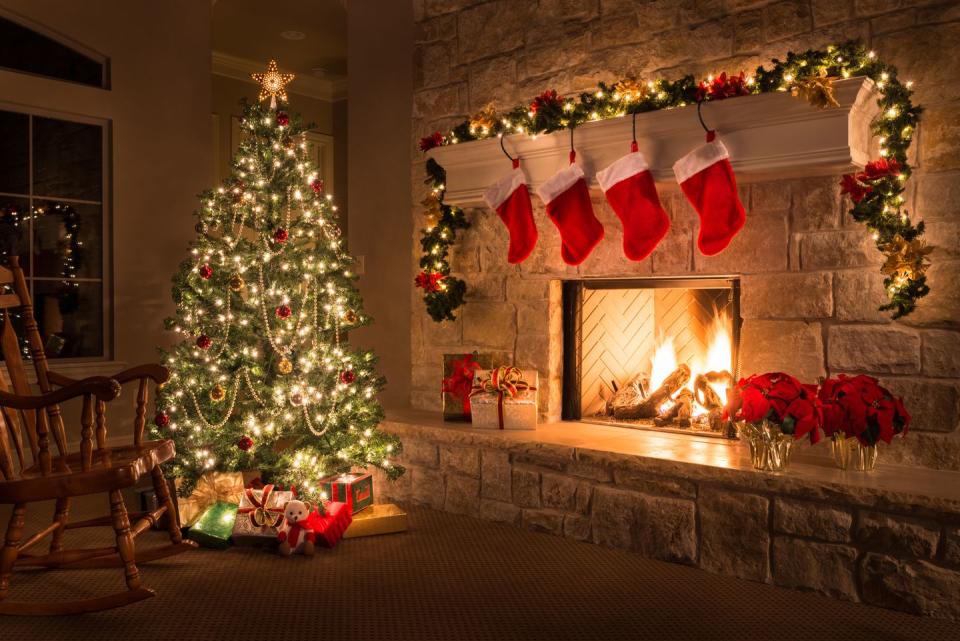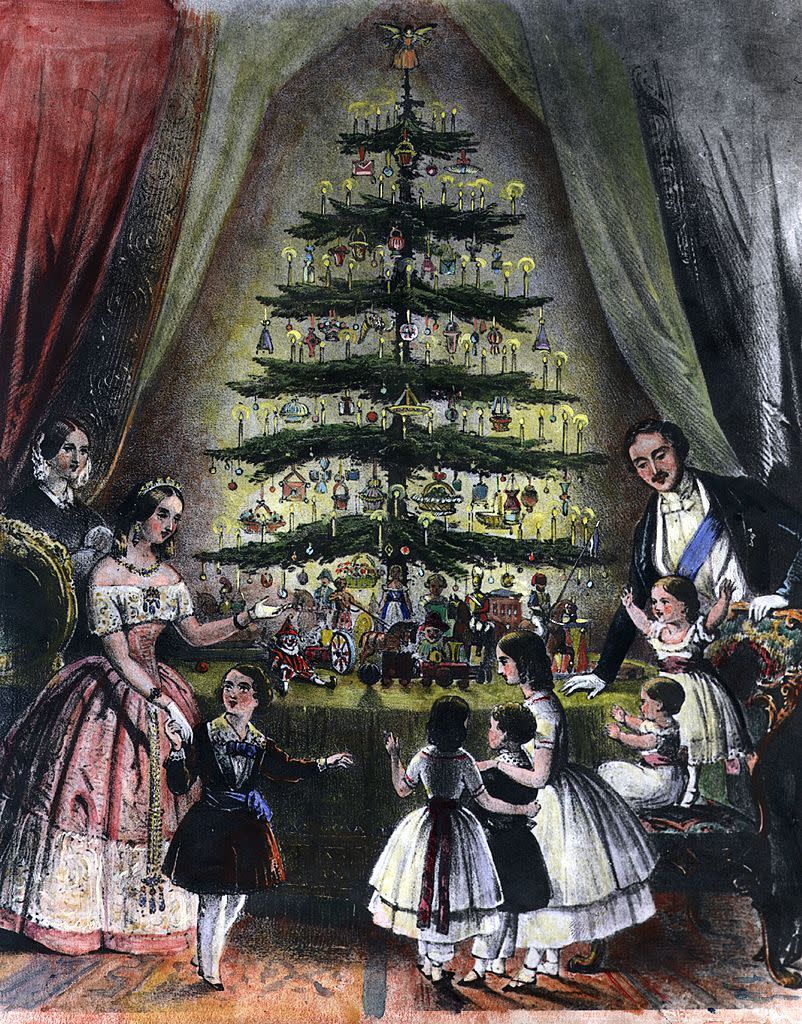The Real History of Christmas Trees
Whether freshly cut or artificial, the evergreen tree is among the most iconic features of the holiday season — a joy to decorate and to behold, with its homemade ornaments, twinkling lights, and a show-stopping tree topper to complete the magical effect. But few people actually know the history of Christmas trees behind the tradition. So, why do we have Christmas trees in our homes and businesses (and just about everywhere else) at this time of year, anyway?
You’d make a logical assumption if you guessed the practice of chopping down evergreen trees for celebratory display originated with Christianity. After all, Christmas is a Christian holiday, and the tree is among its most recognizable symbols. But you’d be wrong: The tradition dates much further back, all the way back to the times of the ancient Egyptians. In fact, the real origin of the modern practice — and its adaptations along the way — might surprise you.
For a dose of trivia that will impress your loved ones around the Christmas dinner table or wow that holiday party crowd, read on for a deeper dive into the history of Christmas trees.

And if you’re really feeling the holiday spirit, take a look at our guides to irresistible holiday desserts, gingerbread recipe ideas, holiday craft projects for the whole family, and inspiring Christmas quotes that capture the holiday season.
History of the Christmas Tree: Early Origins of the Tradition
Each year at the time of the winter solstice, ancient Egyptians celebrated by decorating their temples and homes with evergreen trees and wreaths. The prosperous plant represented everlasting life, peace, and opulence, which was important because winter was a time when their sun god, Ra, was ill and weak, reports History.com. After the solstice, Ra would slowly start glowing brighter and stronger, and an evergreen's immortality symbolized the triumph of life over death.
The Egyptians weren't the only ones bringing the plant indoors, though. In Scandinavia, the Vikings believed evergreens were special gifts from Balder, their god of light and peace. And the Druids, an ancient Celtic priesthood said to walk the line between the gods and mankind, started bringing evergreens into the home around the 8th century, reports The Washington Post. Before then, the Druids worshipped oak trees as their idol. But English Benedictine monk St. Boniface, a man who devoted his life to converting pagans, offered the Druids a triangular-shaped balsam fir tree as a symbol of the Trinity, and it went on to replace their beloved oaks. They then used evergreens to adorn their temples as a celebration of life without death, hanging mistletoe sprigs over their doorways and windows to ward off evil spirits of diseases.
Christmas Trees and Christianity
Though 16th-century German theologian and priest Martin Luther is famed for sparking the Protestant Reformation, he's also credited with bringing the Christmas tree to Germany and introducing it to Christianity in the way that it's known today.
According to History.com, German Christians built pyramids of wood and adorned them with evergreens and candles outside to celebrate Jesus' birth. Luther, in awe of the magical, sparkling trees shining bright outside, decided to recapture the beautiful scene for his family by bringing the tree inside and covering it with wire and candles.

Most 18th and 19th-century Americans thought the tradition was odd though, and to some, it was even taken to be a representation of paganism.
According to Panati's Extraordinary Origins of Everyday Things, Plymouth Colony governor called it a "pagan mockery," and the general court of Massachusetts even implemented a law in 1659 that banned any observance of December 25 that wasn't a church service — including decorations.
Christmas Trees’ Rise in Popularity
Although it may be hard to even imagine a time when Christmas trees weren’t so ubiquitous, it wasn't until the late 19th century that decorated evergreens became the ultimate Christmas symbol acknowledged — and enjoyed — so widely as it is today.
In 1846, the second longest-reigning monarch, Queen Victoria, was sketched with her children and husband, Prince Albert, alongside a Christmas tree in Windsor Castle. Because Queen Victoria was so popular (kind of like another royal family we know), the decision instantly became an iconic one and went mainstream worldwide.

Ornaments flooded to the U.S., and trees started popping up in households across the States, Britain, and Germany. By the early 20th century, Americans had large floor-to-ceiling trees and decorated them with homemade items like popcorn strings, marzipan cookies, nuts, apples, and candles, reports The Mint Hill Times.
The introduction of electricity brought about string lights instead of candles, as Thomas Edison also created the first strand of electric lights in 1880, which he strung outside of his Menlo Park Laboratory, according to the Library of Congress.
Two years later, his friend and partner, Edward H. Johnson, hand-wired 80 red, white, and blue lights that he wrapped around a Christmas tree. By 1903, General Electric offered pre-assembled kits for everyday customers to buy.
In 1923, President Calvin Coolidge started the tradition of lighting the National Christmas Tree with 3,000 electric lights. And less than a decade later, in 1931, the very first Rockefeller Center Tree towered over the plaza — a much-beloved occasion that soon became a trademark sign of the holidays in America.
Today, many famous displays stand tall elsewhere around the world, too. Some of the most notable trees include Pope’s Christmas Tree in Vatican City, the Floating Christmas Tree in Brazil, and the Murano Christmas Tree in Italy.
Now that you know the history of the Christmas tree, you might look at your evergreen with fresh eyes this year. As you gaze upon its twinkling lights and bask in the coziness it imparts, think of just how far the tradition has come since its origin in ancient times, and ponder its meaning as a symbol of peace and prosperity. (Bonus: Impress your loved ones with your knowledge while you’re at it!)
You Might Also Like


